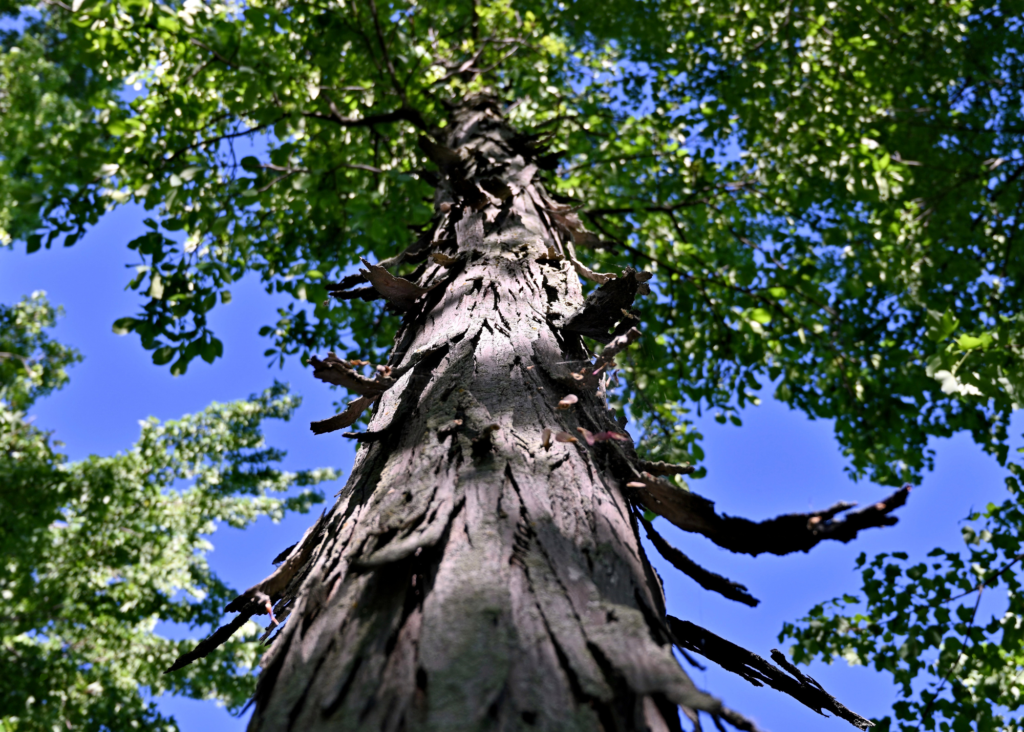
If you take a walk through a mature forest in Southern Ontario, you might spot a tree that looks like it’s peeling apart – literally. That’s the shagbark hickory (Carya ovata), an iconic native species known for its rugged, peeling bark and delicious nuts. But beyond its striking appearance, this tree has a fascinating ecological role and a hidden culinary secret.
A Tree of Many Talents
Shagbark hickories are slow-growing hardwoods that can reach up to 30 meters tall and live for centuries. Their nuts are a favorite for wildlife and humans alike, packed with protein and a rich, buttery flavor. Indigenous peoples valued them as an important food source and today, hickory wood remains highly sought after for its durability in woodworking and aromatic qualities in smoking food.
Foraging and Making Hickory Syrup
While most people think of maple trees for syrup-making, shagbark hickory offers a delicious and unexpected syrup alternative: Shagbark Hickory Syrup! Instead of tapping for sap, I gather the tree’s naturally shedding bark, rinse it thoroughly and gently toast it to enhance its smoky aroma. Next, I simmer the toasted bark in water to create a fragrant tea, strain out the bark and combine the tea with an equal amount of sugar. Simmering the mixture until it reduces by half transforms it into a rich, nutty and slightly caramel-like syrup – perfect for pancakes or drizzling over roasted squash. (I really like to use it as a sweetener in my morning coffee!)
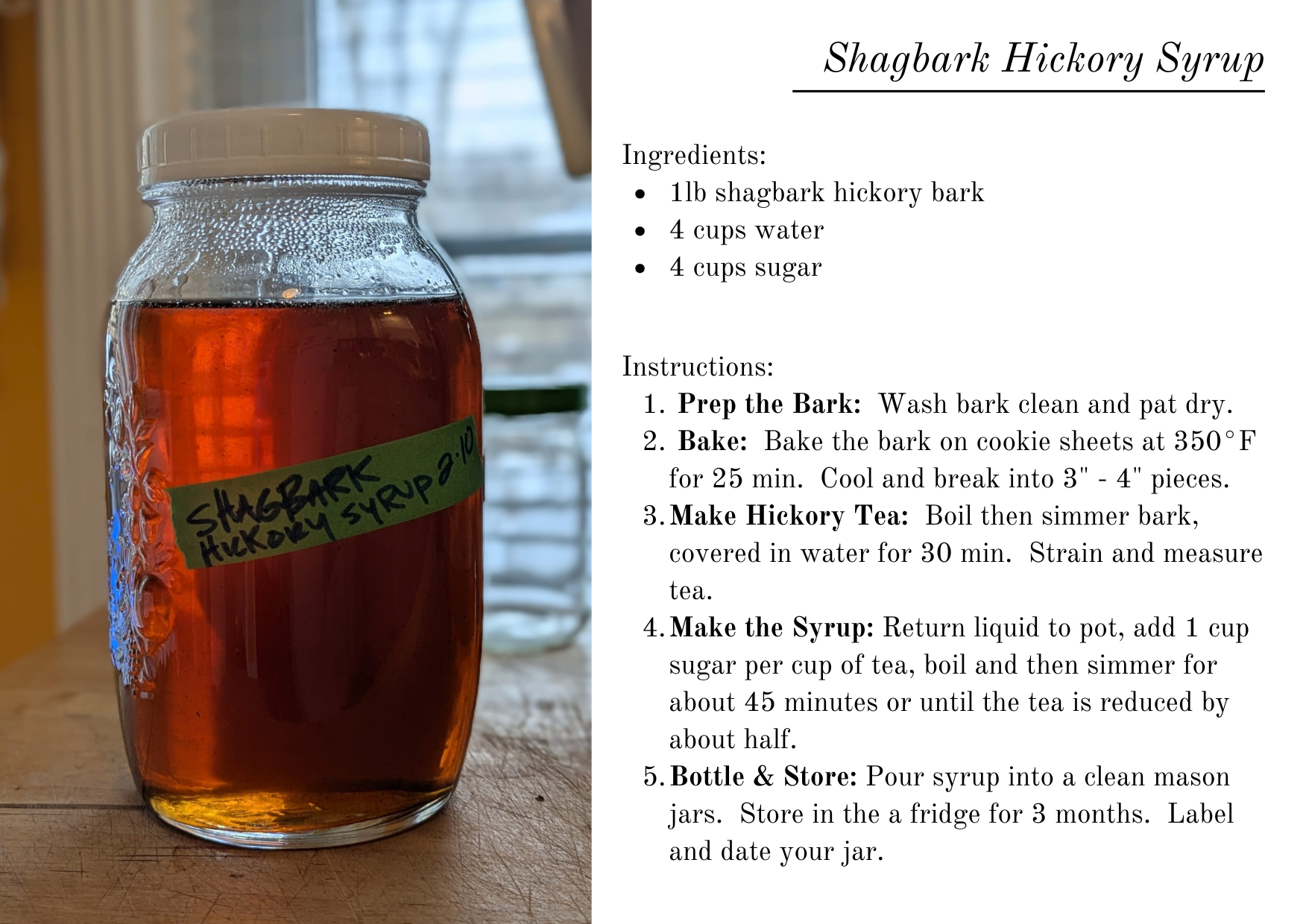 Foraging for shagbark hickory bark is both sustainable and rewarding – you get to transform nature’s natural shedding process into a rich, flavorful syrup. Since the tree naturally sheds its bark without harm, harvesting is as simple as collecting loose, outer-layer pieces that separate easily. The shaggier and more detached the bark, the better it is for harvesting.
Foraging for shagbark hickory bark is both sustainable and rewarding – you get to transform nature’s natural shedding process into a rich, flavorful syrup. Since the tree naturally sheds its bark without harm, harvesting is as simple as collecting loose, outer-layer pieces that separate easily. The shaggier and more detached the bark, the better it is for harvesting.
Choose bark that is free of lichen – a pale green, often crusty or leafy organism that grows on trees and rocks. Lichens are actually a symbiotic partnership between fungi and algae, but in syrup-making, they contribute an unpleasant bitterness.
Why Grow a Shagbark Hickory?
If you have space, planting a shagbark hickory is a great way to support biodiversity. These trees provide shelter for bats, which roost under the peeling bark during the day, helping to keep mosquito populations in check. Blue jays play a role in spreading hickory trees by caching the nuts, sometimes forgetting them and allowing new trees to sprout. Meanwhile, the tree’s leaves feed stunning luna moth and hickory tussock moth caterpillars, which in turn provide food for birds and other wildlife.
Next time you’re in the forest, take a closer look at these towering beauties – you might just find a new favorite tree! With their rich history, ecological benefits and unexpected culinary potential, Shagbark Hickories offer more than meets the eye. Whether you’re foraging for nuts, gathering bark for syrup or simply admiring their rugged charm, these trees are full of sweet surprises!
References:
1) Ontario Ministry of Natural Resources and Forestry: Shagbark Hickory
2) University of Guelph Arboretum – Ontario Tree Atlas: Shagbark Hickory Growth and Historical Use
3) National Wildlife Federation: Wildlife using the Shagbark Hickory
4) Forage and Feast – Pages 218 – 227: Chrissy Tracey
5) Practical Self Reliance: Shagbark Hickory Syrup


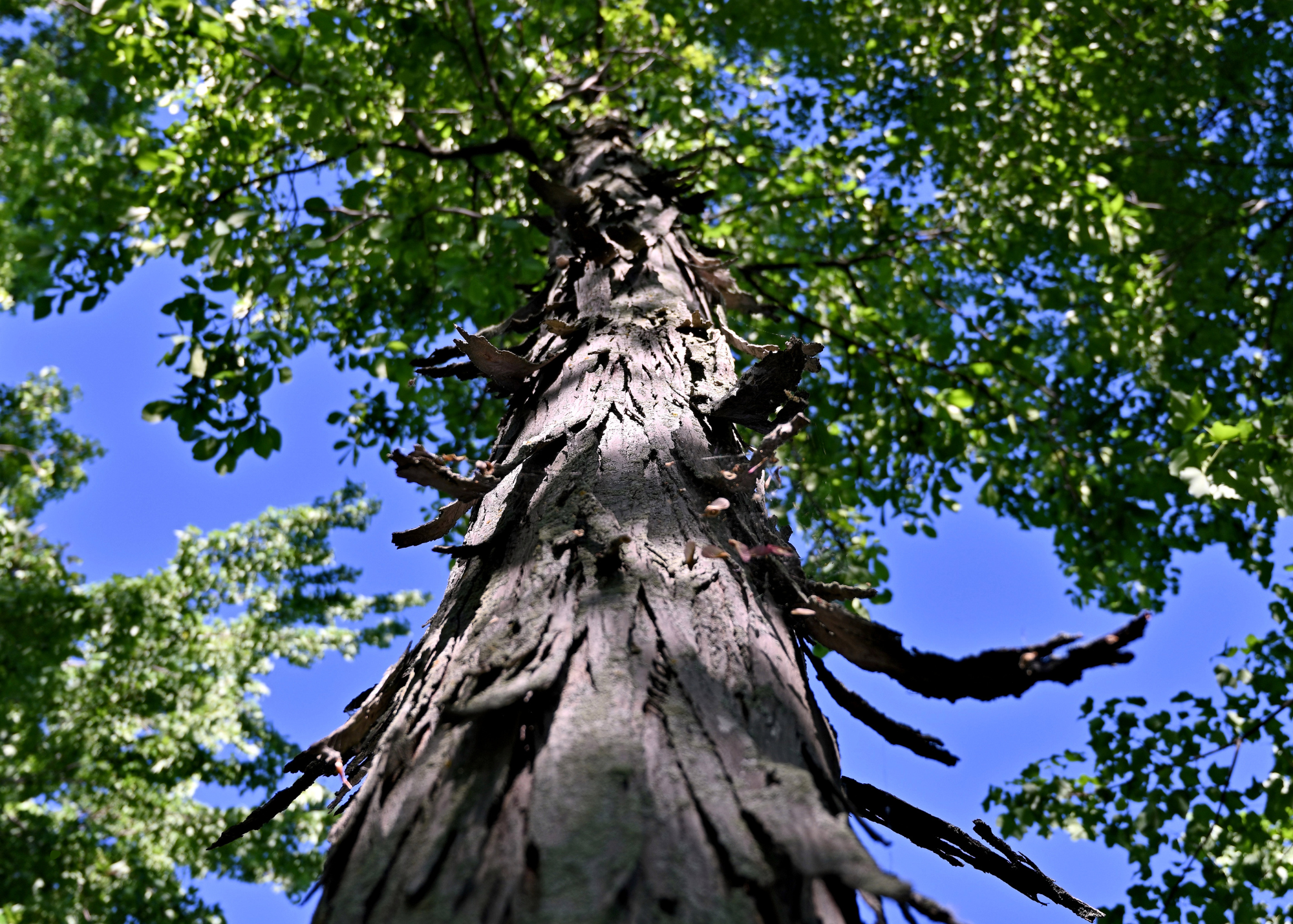
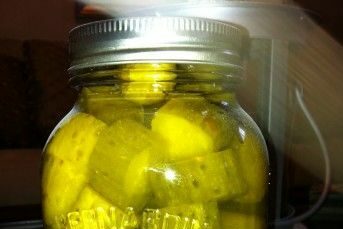
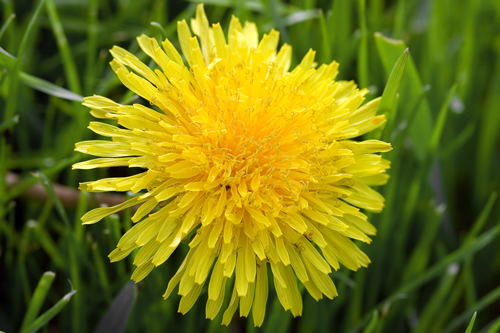
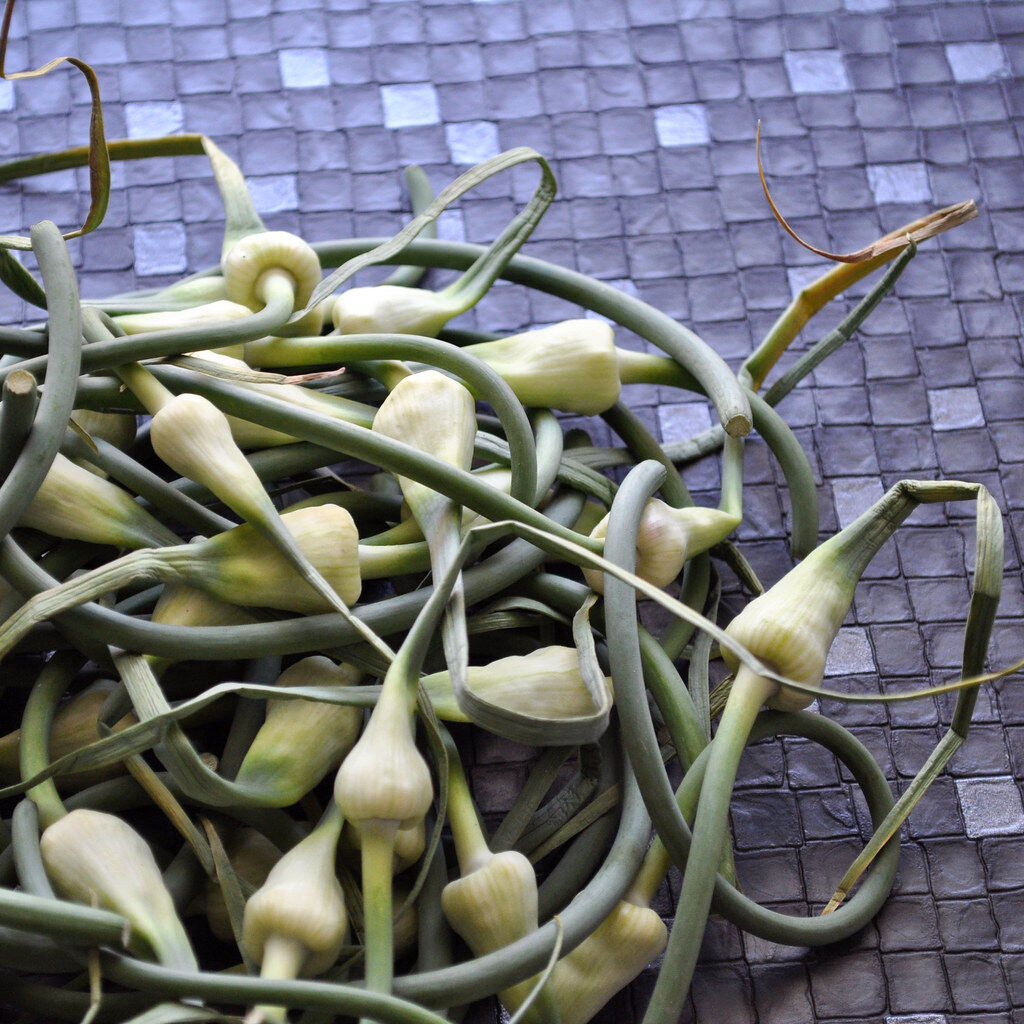
About The Author: Darlene Davis
Darlene's gardening expertise encompasses a range of areas, including organic gardening practices, pollinator gardening and flower farming. She is an experienced flower farmer with a wealth of knowledge in Floriculture. Darlene is an alumna of the University of Guelph's Horticulture program, as well as the Gardener's Workshop and the Floret Workshop.
More posts by Darlene Davis